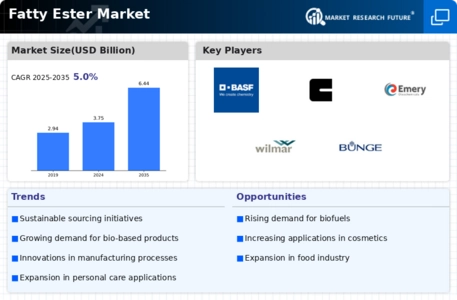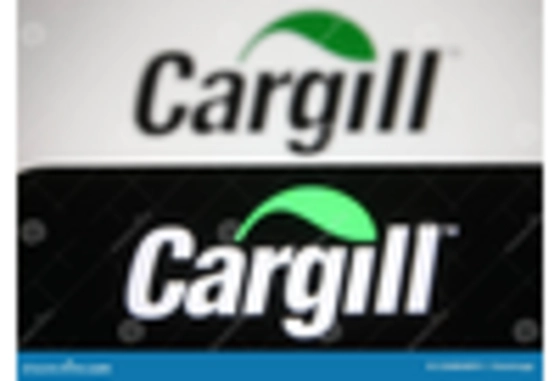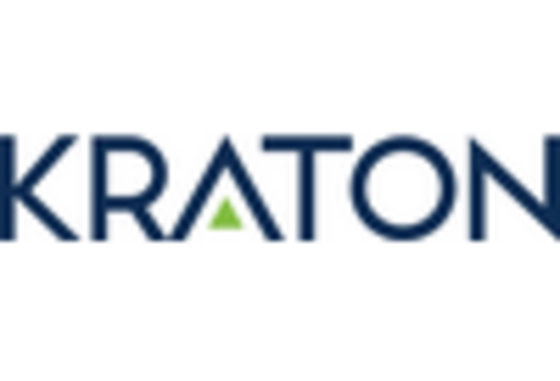The Fatty Ester Market is currently characterized by a dynamic competitive landscape, driven by increasing demand for bio-based products and sustainable alternatives across various industries, including personal care, food, and industrial applications. Key players such as BASF SE (Germany), Cargill, Incorporated (US), and Evonik Industries AG (Germany) are strategically positioning themselves through innovation and regional expansion. For instance, BASF SE (Germany) has been focusing on enhancing its product portfolio with sustainable fatty esters, which aligns with the growing consumer preference for eco-friendly products. Meanwhile, Cargill, Incorporated (US) is leveraging its extensive supply chain capabilities to optimize production efficiency and reduce costs, thereby strengthening its market presence. Collectively, these strategies contribute to a competitive environment that emphasizes sustainability and operational excellence.
The business tactics employed by these companies reflect a concerted effort to localize manufacturing and optimize supply chains, which are crucial in a moderately fragmented market. This competitive structure allows for a diverse range of products and innovations, as companies strive to meet the varying demands of consumers and industries. The influence of key players is significant, as they not only set industry standards but also drive technological advancements that shape market dynamics.
In August 2025, Evonik Industries AG (Germany) announced the launch of a new line of biodegradable fatty esters aimed at the personal care sector. This strategic move is particularly noteworthy as it underscores Evonik's commitment to sustainability and innovation, catering to the increasing consumer demand for environmentally friendly products. The introduction of these biodegradable options may enhance Evonik's competitive edge, positioning the company as a leader in sustainable solutions within the fatty ester market.
In September 2025, Cargill, Incorporated (US) expanded its production capacity for fatty esters in North America, a decision that appears to be driven by the rising demand for plant-based ingredients in food and personal care applications. This expansion not only reinforces Cargill's market position but also reflects a broader trend towards localizing production to meet regional demands more effectively. Such capacity enhancements are likely to improve supply chain reliability and responsiveness, which are critical in today’s fast-paced market.
In July 2025, BASF SE (Germany) entered into a strategic partnership with a leading technology firm to develop AI-driven solutions for optimizing fatty ester production processes. This collaboration indicates a significant shift towards digital transformation in the industry, as companies increasingly seek to leverage technology to enhance operational efficiency and product quality. The integration of AI into production processes may lead to substantial cost savings and improved sustainability metrics, further differentiating BASF in a competitive landscape.
As of October 2025, the Fatty Ester Market is witnessing trends that emphasize digitalization, sustainability, and technological integration. Strategic alliances are becoming increasingly prevalent, as companies recognize the value of collaboration in driving innovation and enhancing competitive positioning. Looking ahead, it is anticipated that competitive differentiation will evolve from traditional price-based strategies to a focus on innovation, technology adoption, and supply chain reliability, reflecting the changing priorities of consumers and industries alike.

















Leave a Comment